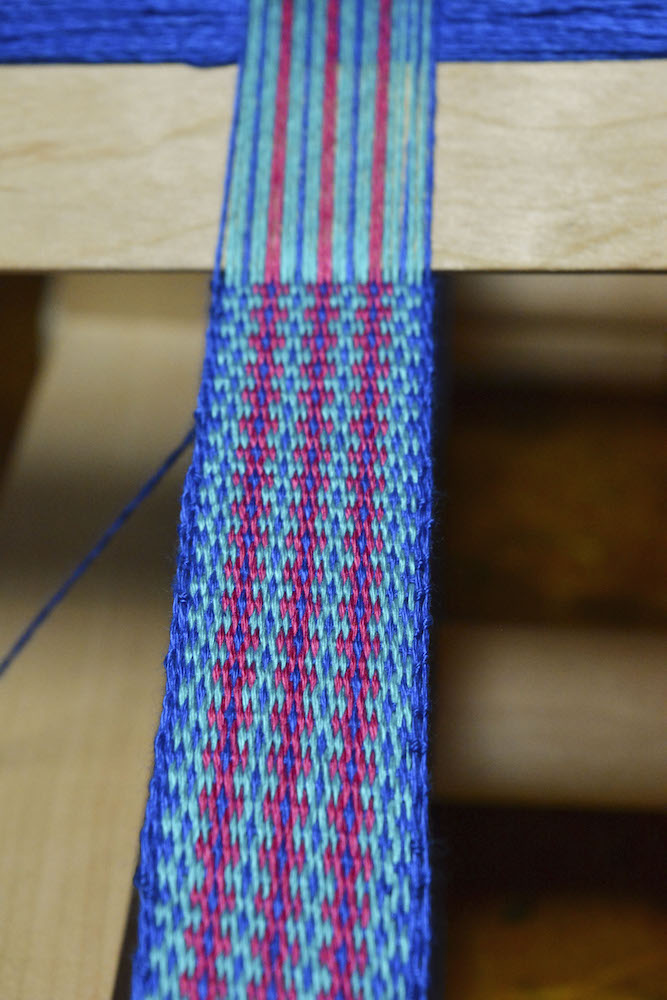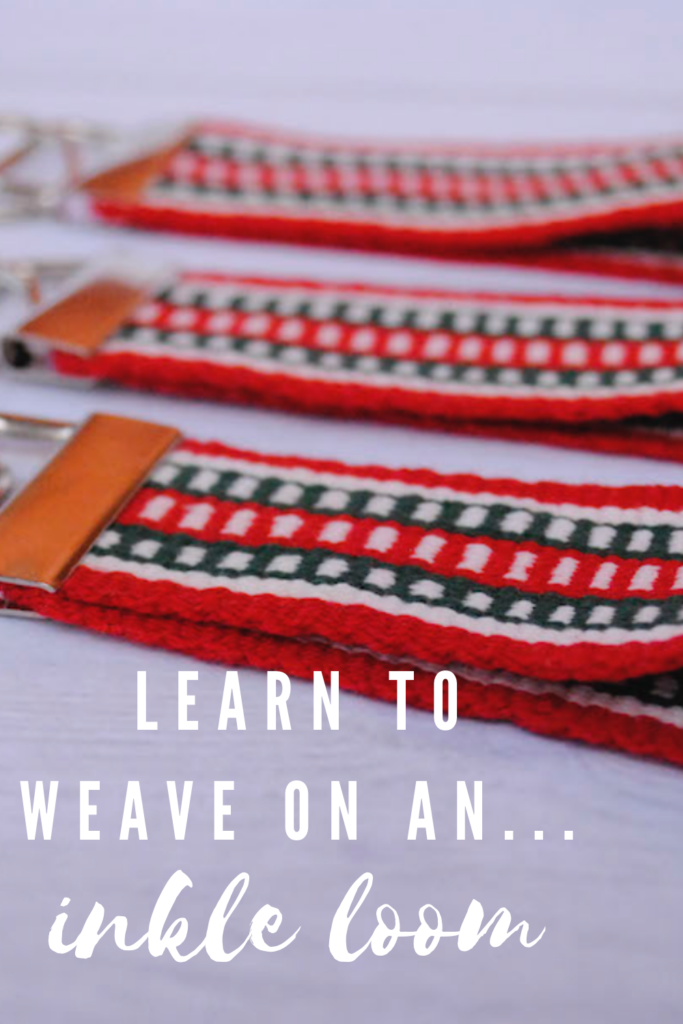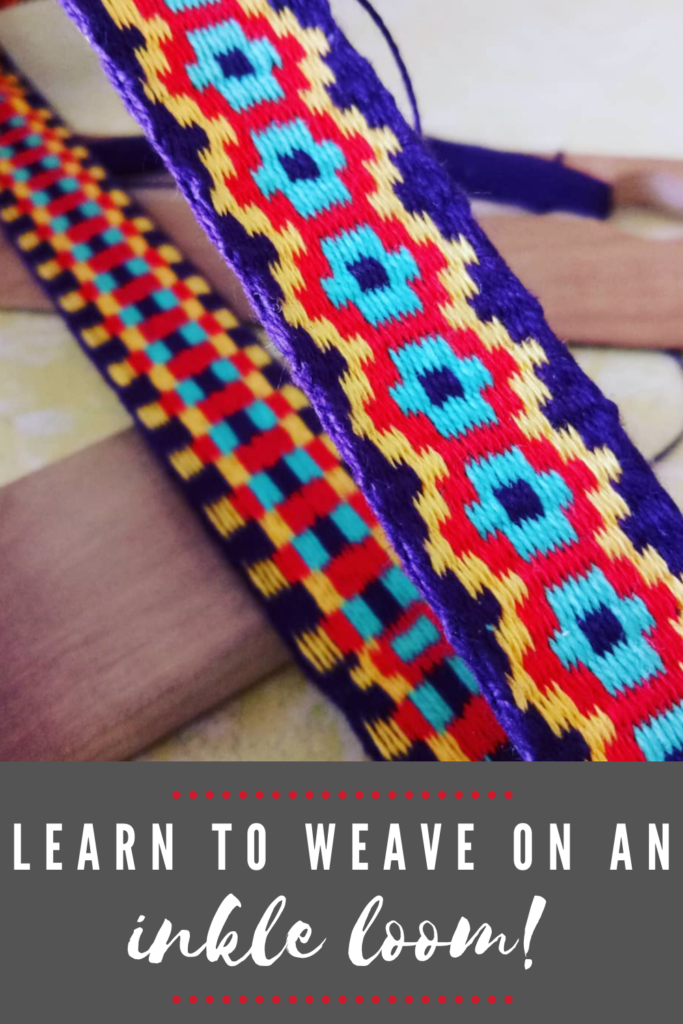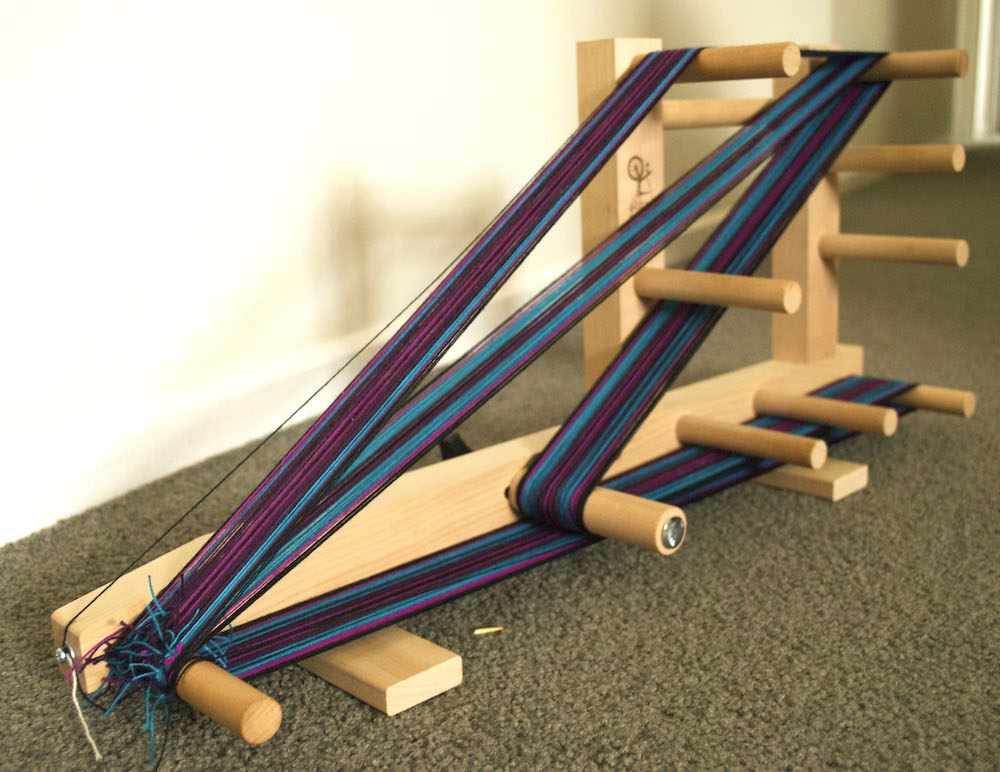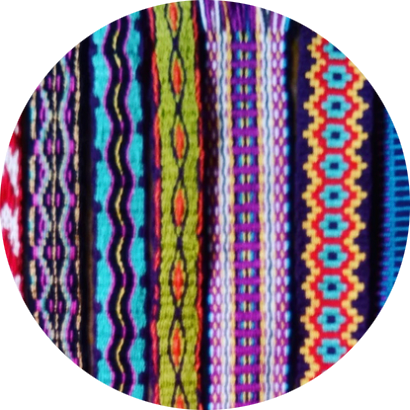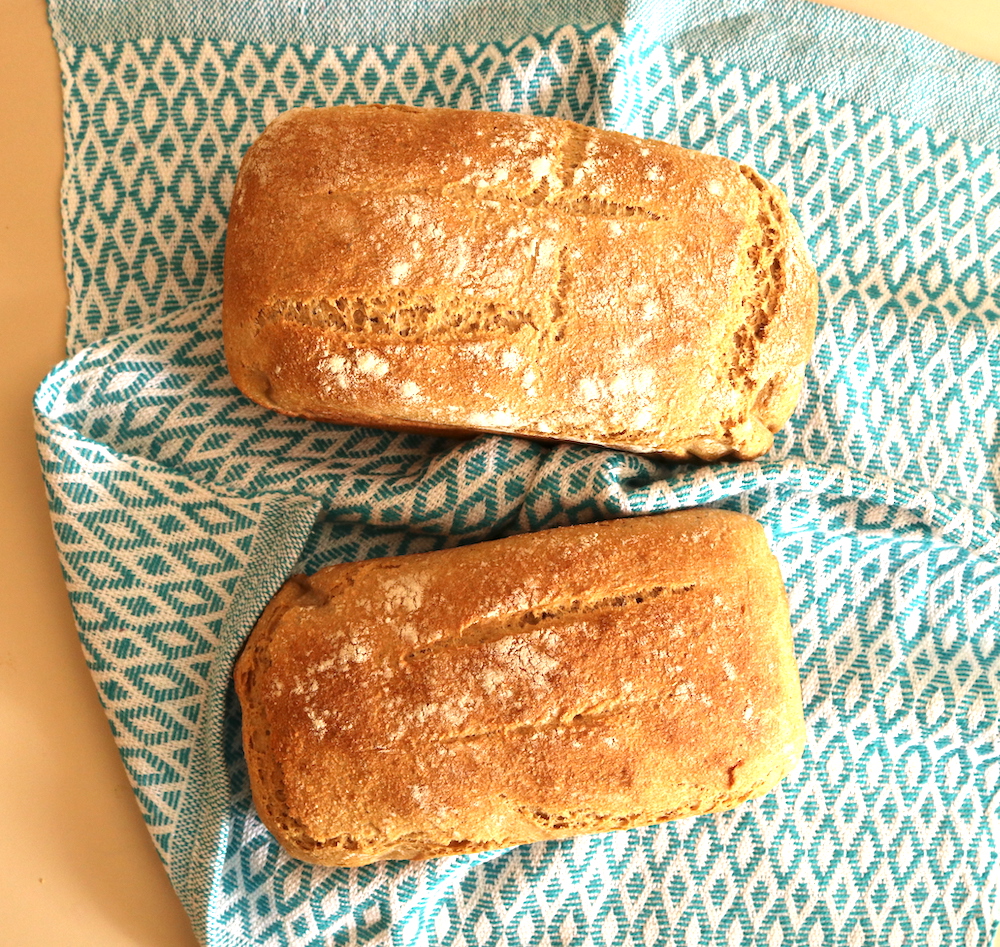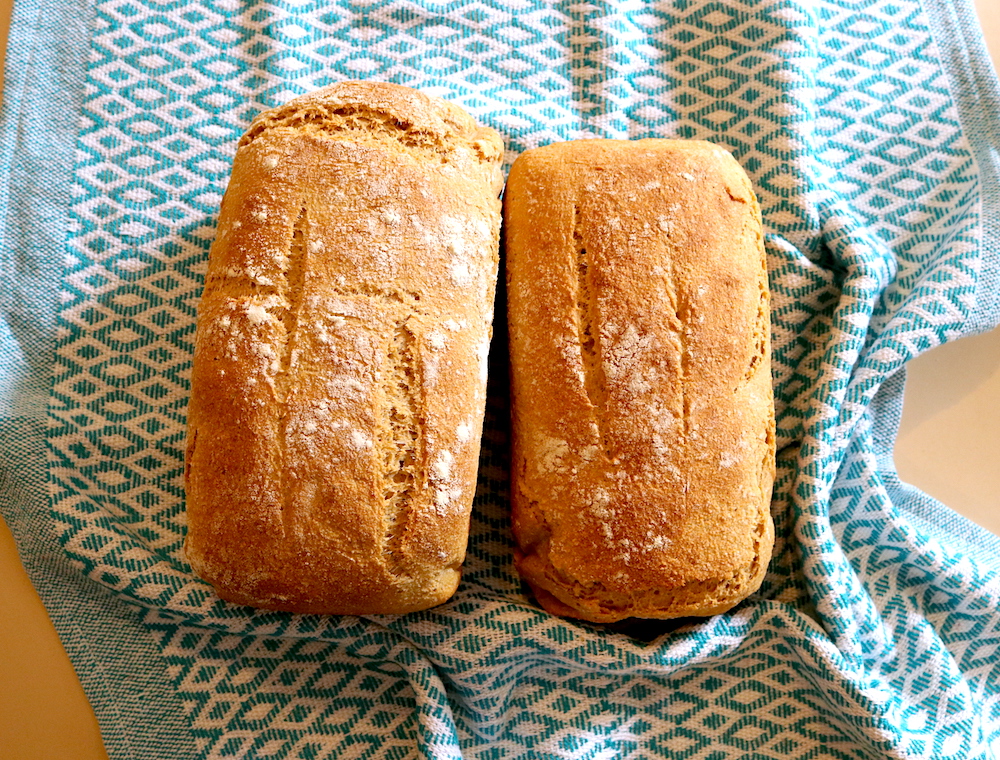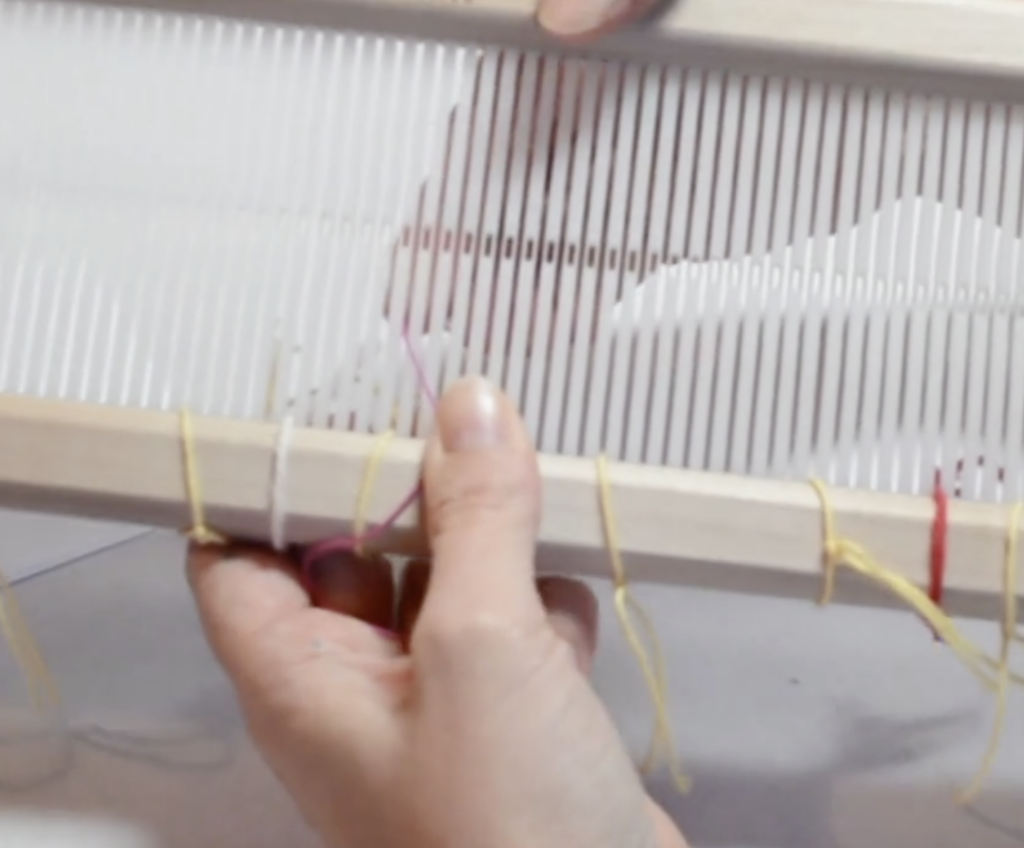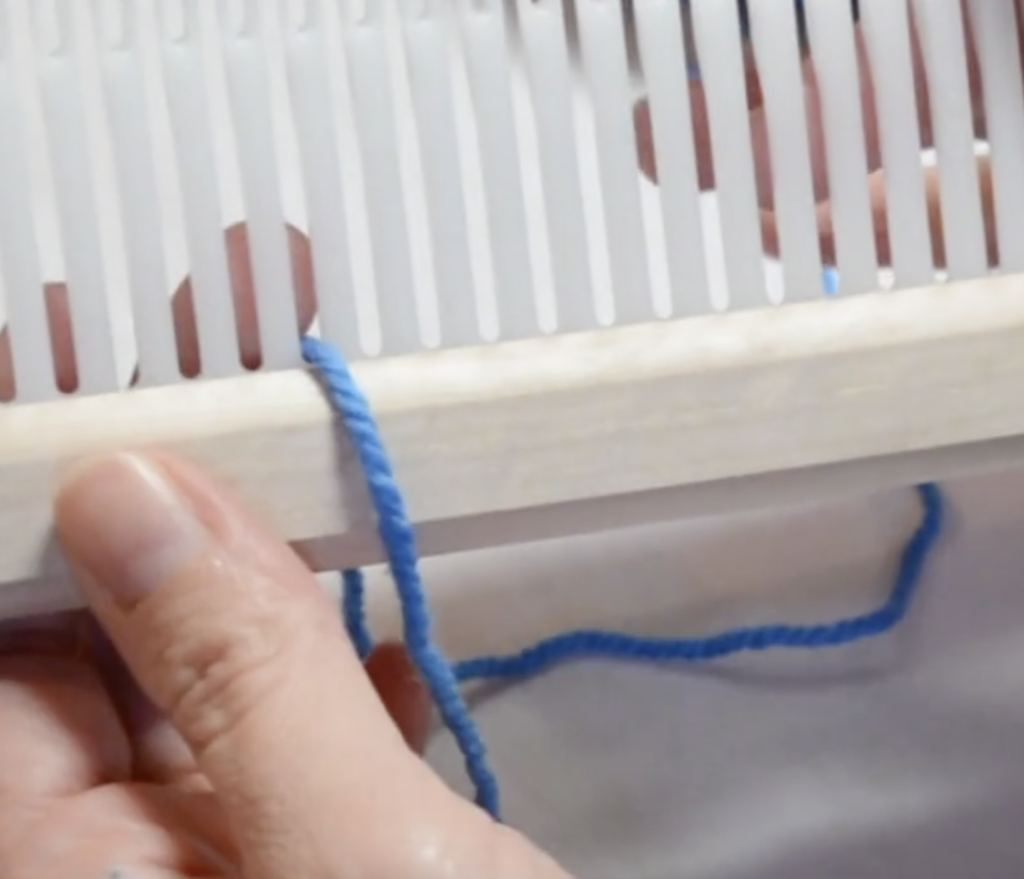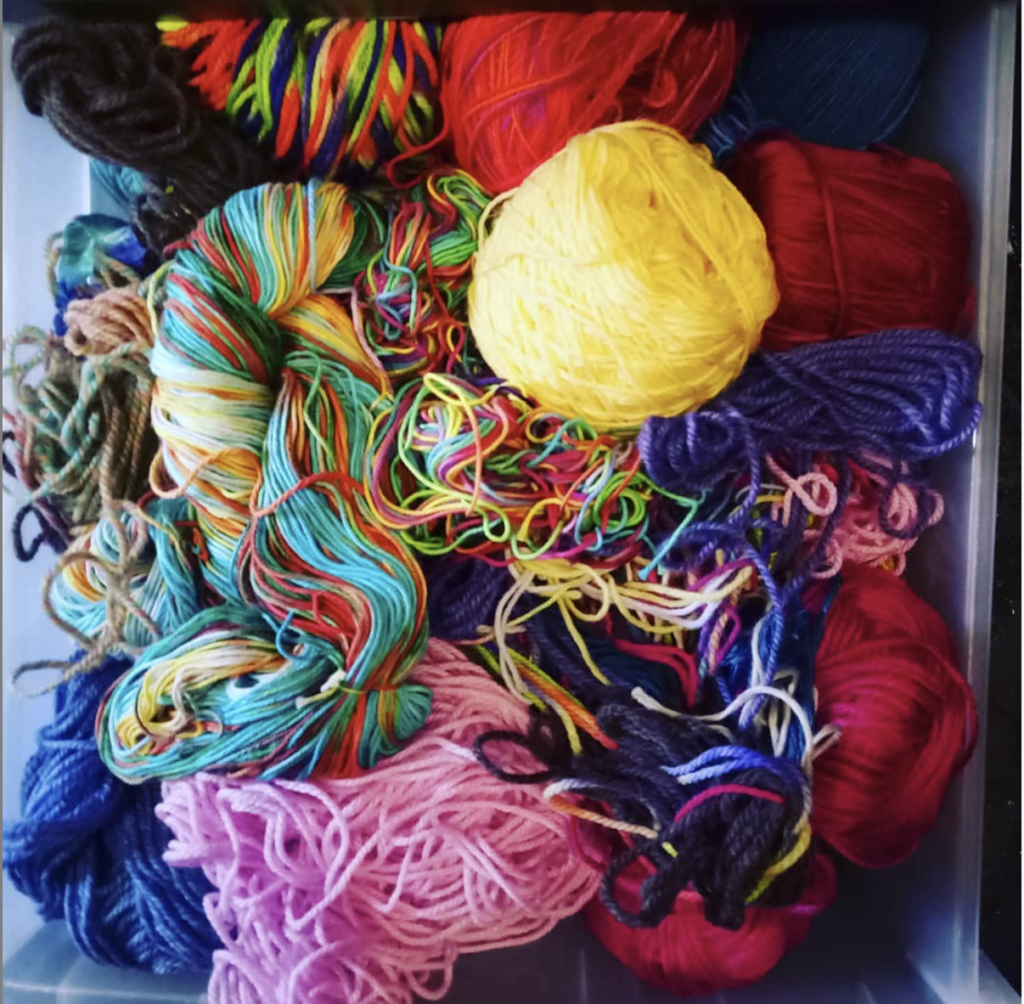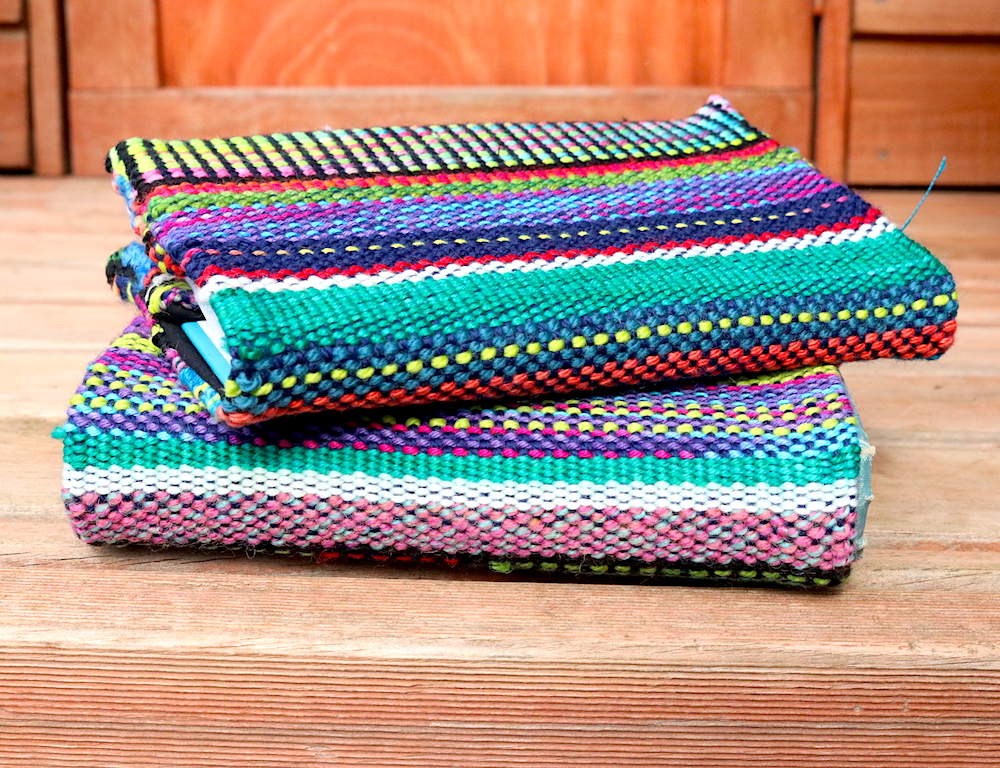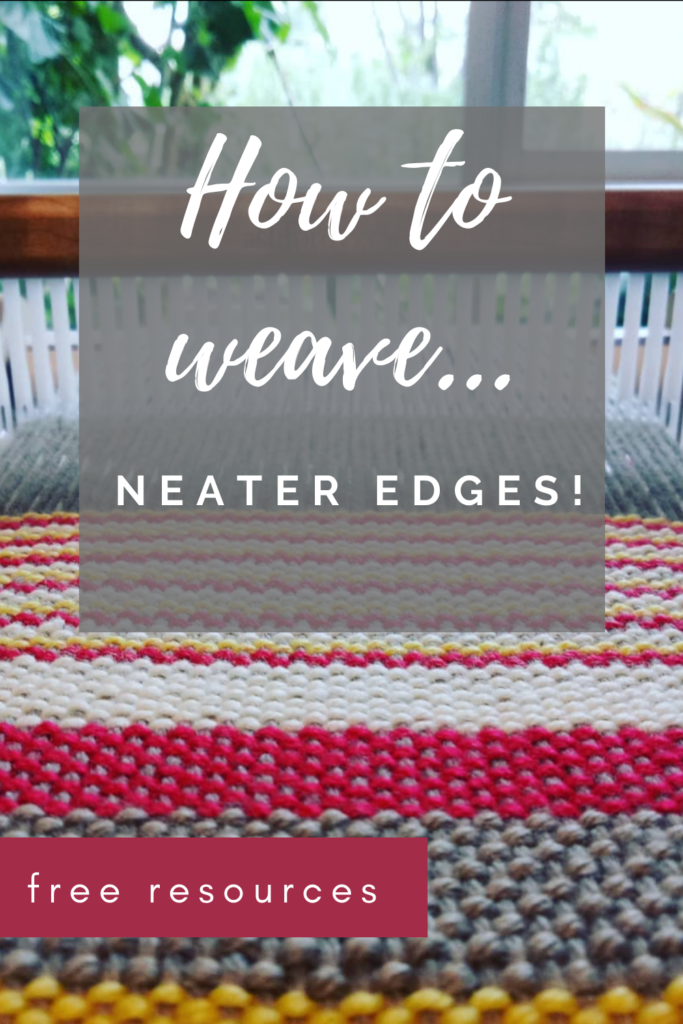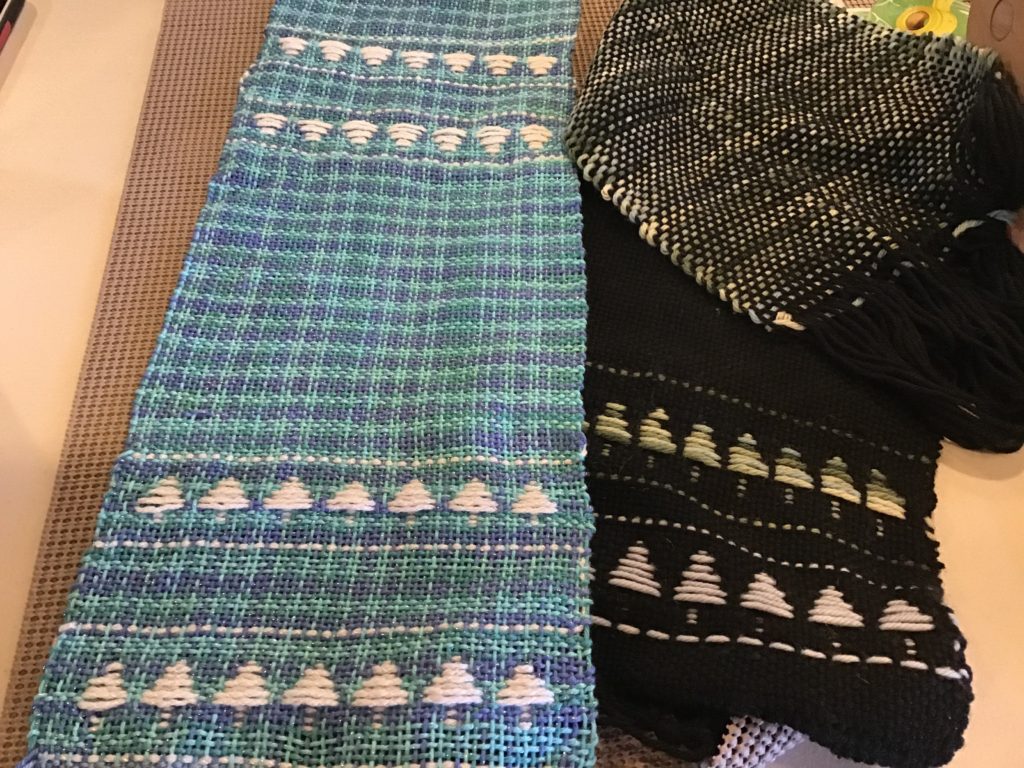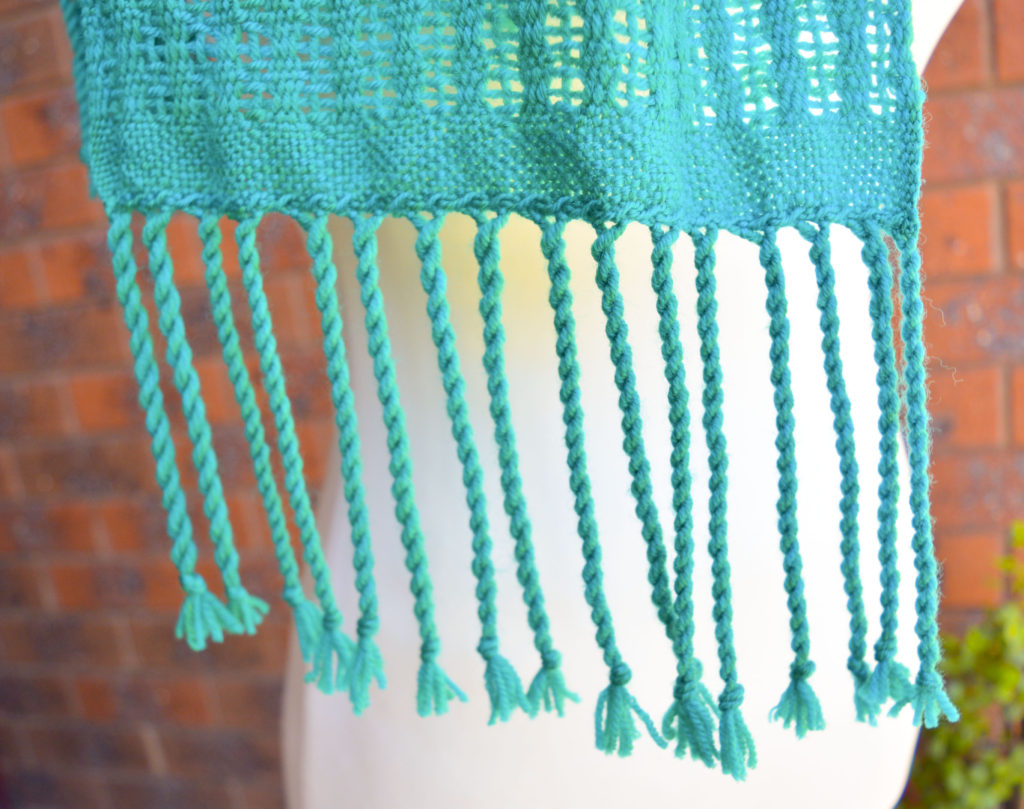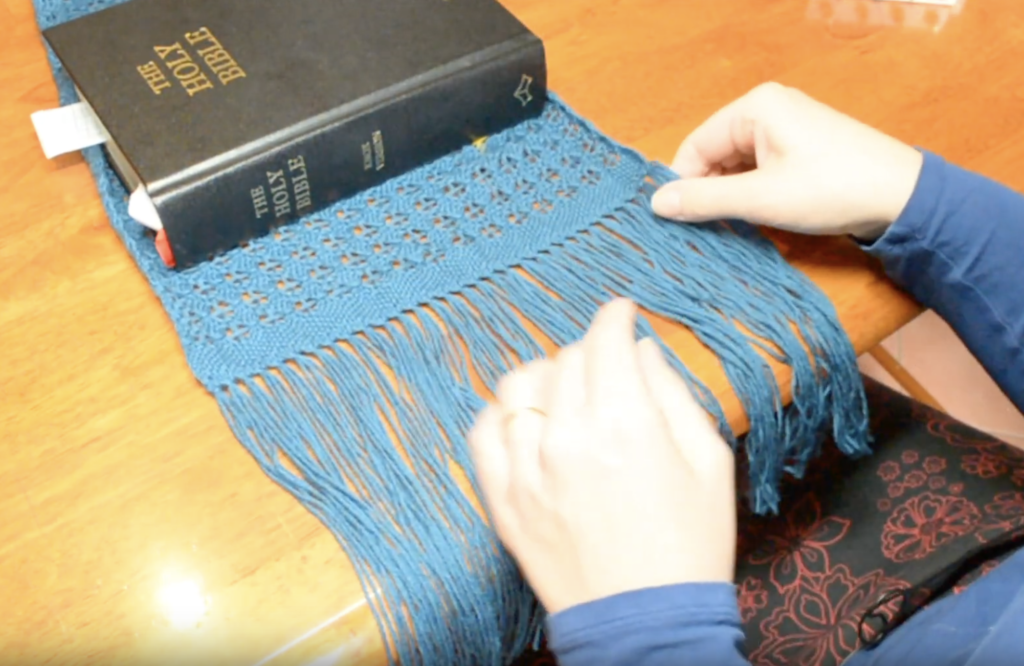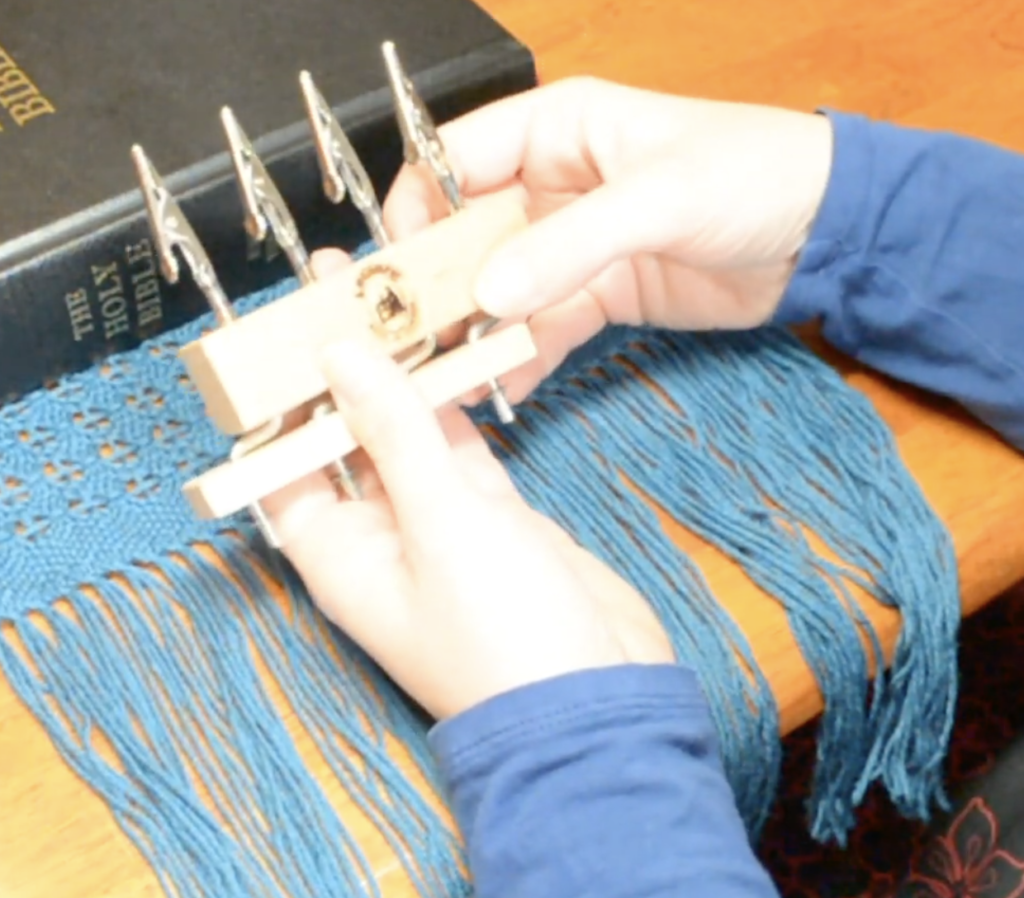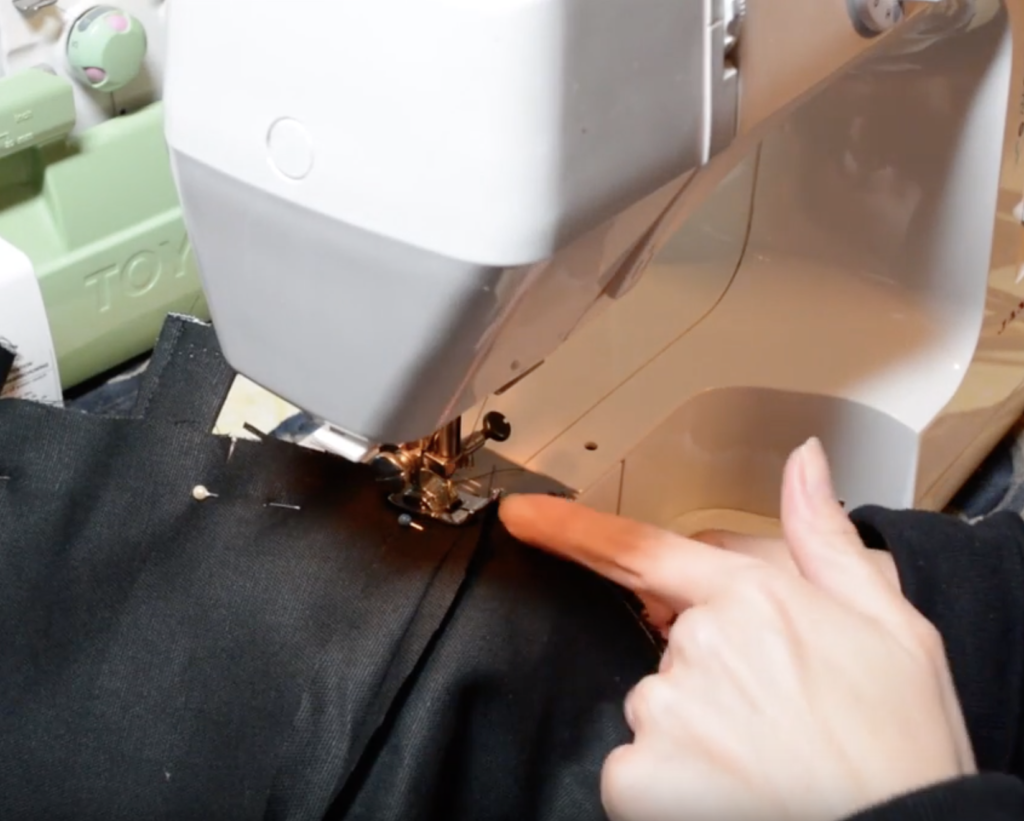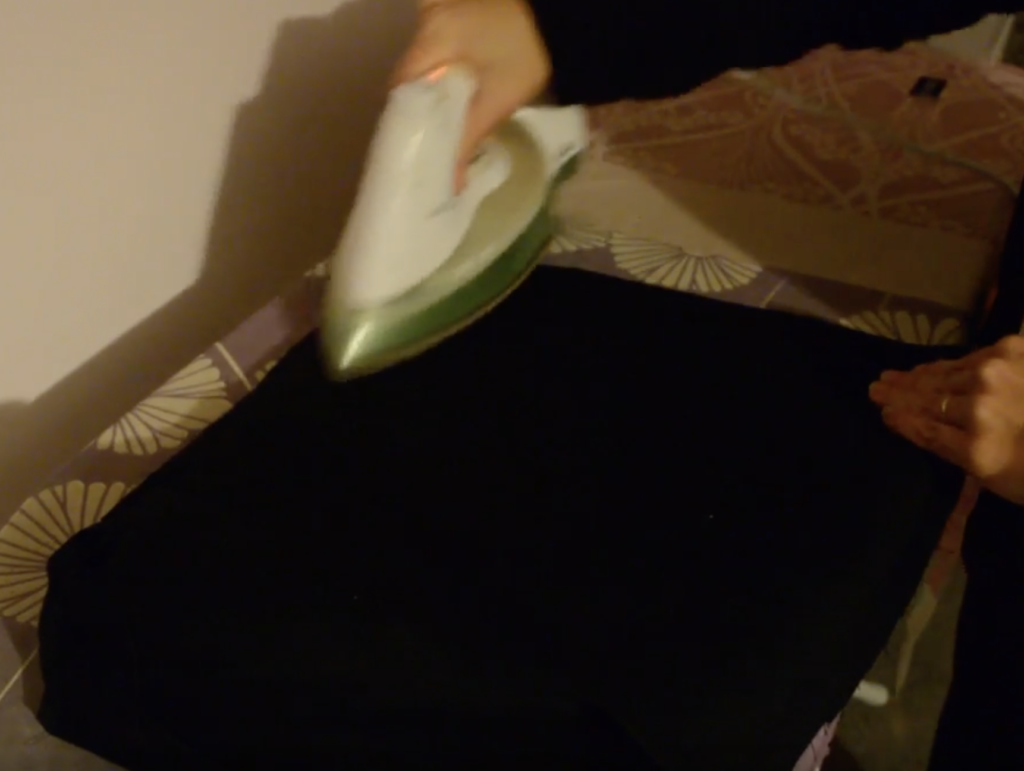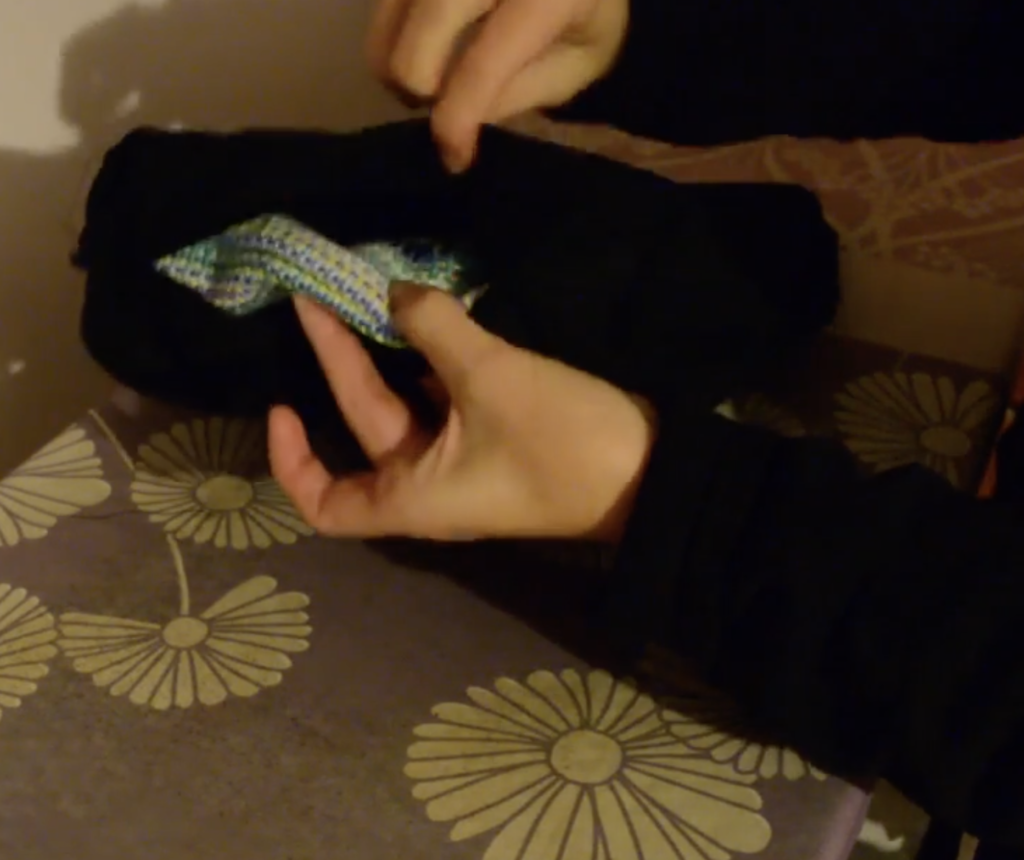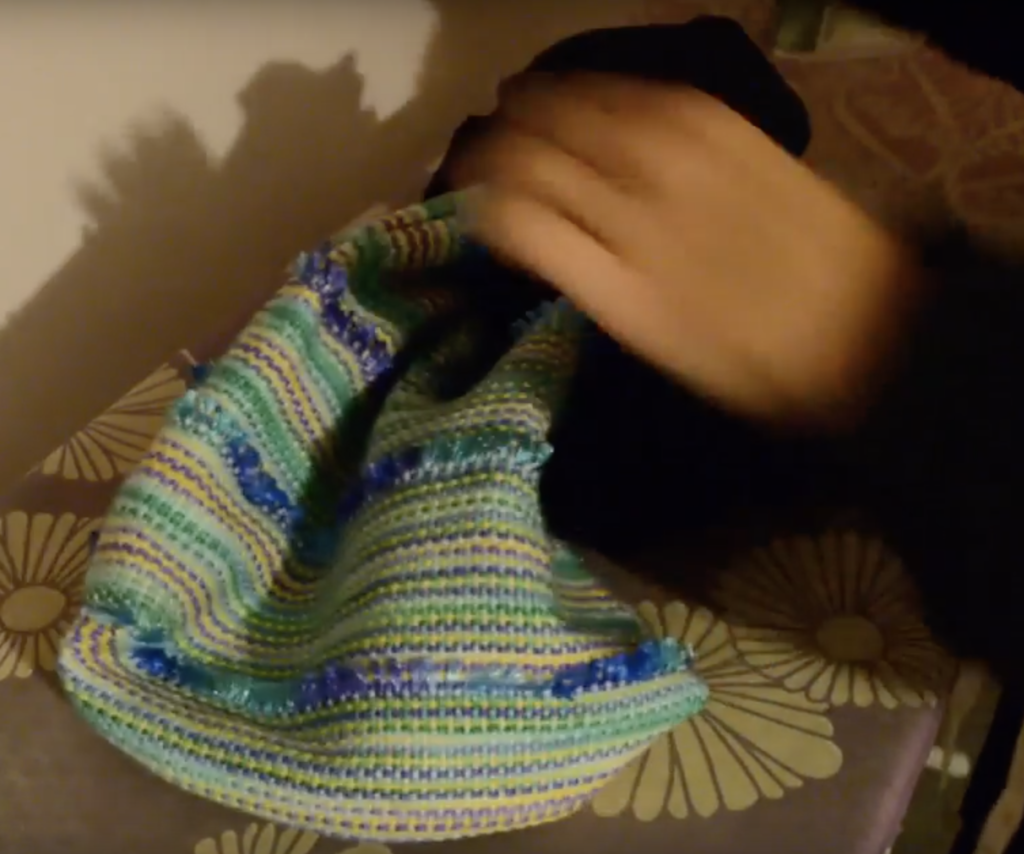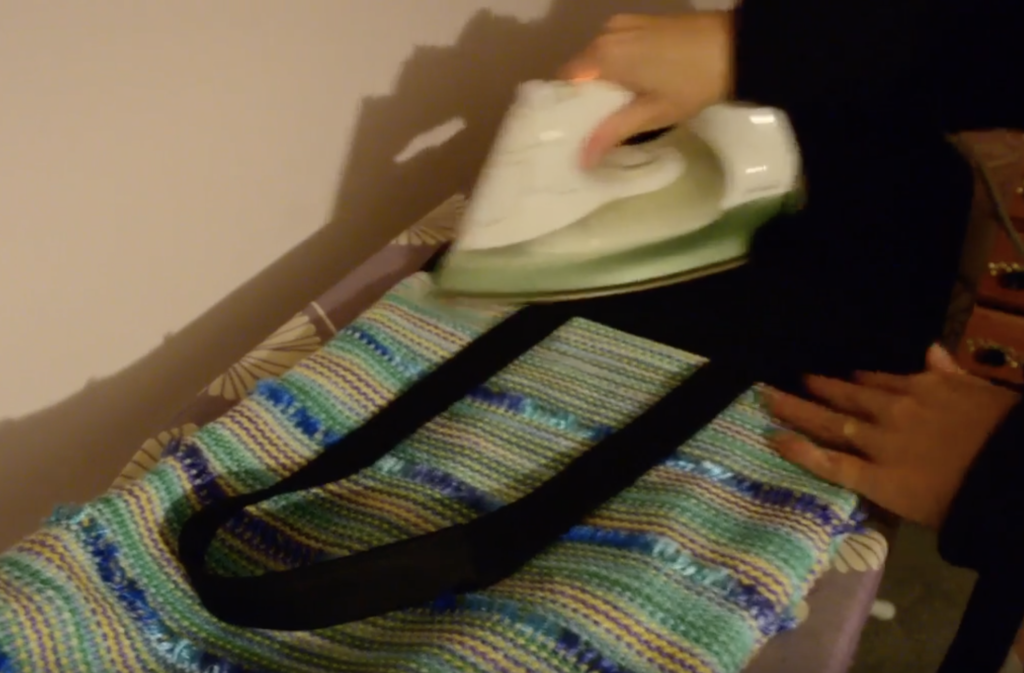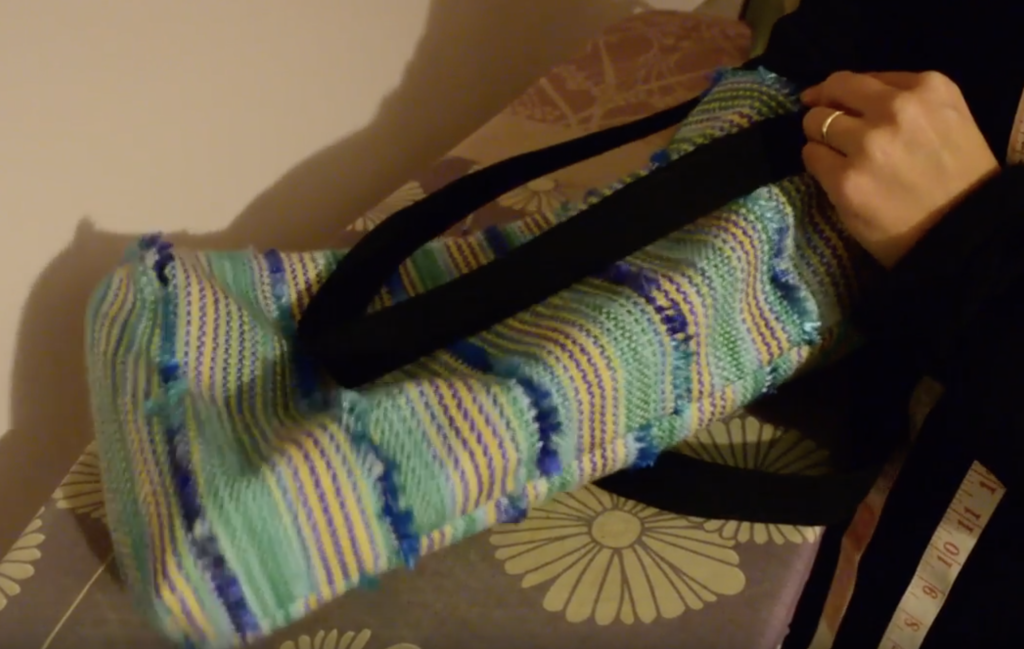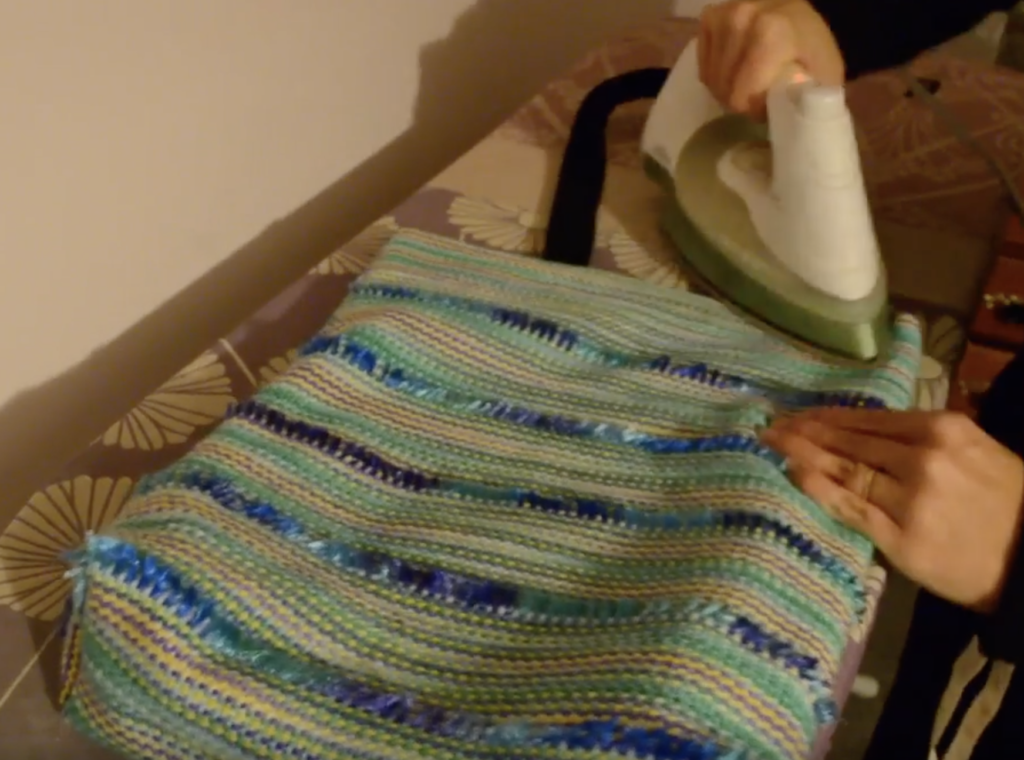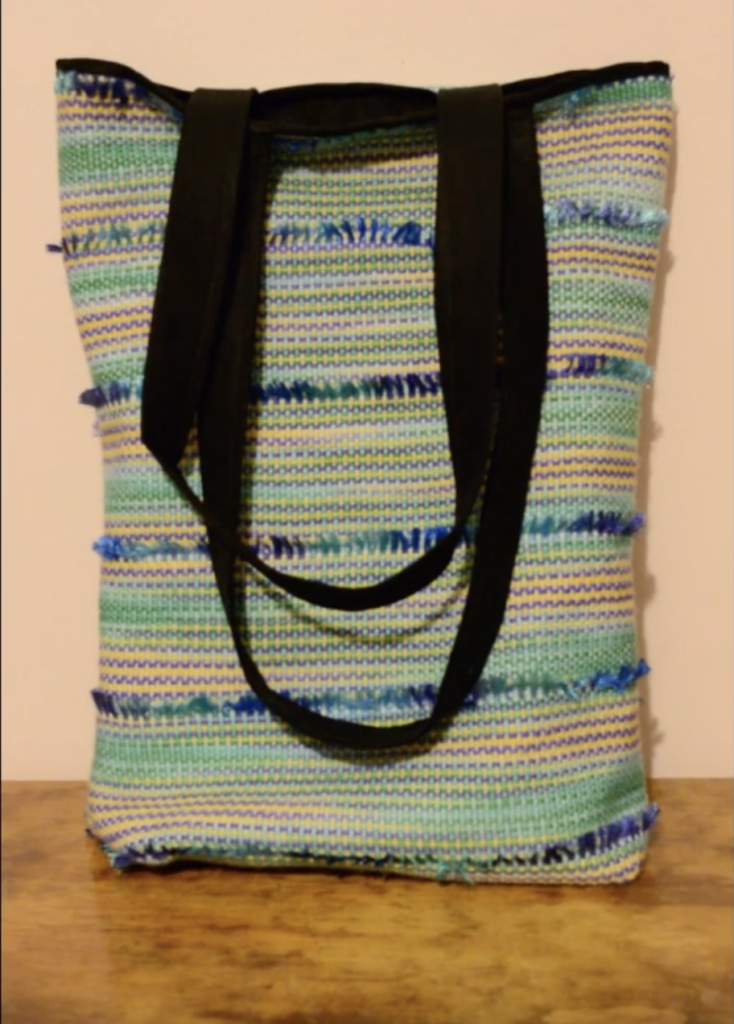How many times have you heard “wash your hands” lately?
Probably more than you can count! Why not turn this routine into a joy with beautiful, handwoven towels? This free project is perfect for both beginner and experienced weavers, offering a fun and creative way to brighten your home while practicing essential weaving skills.
*This post contains affiliate links
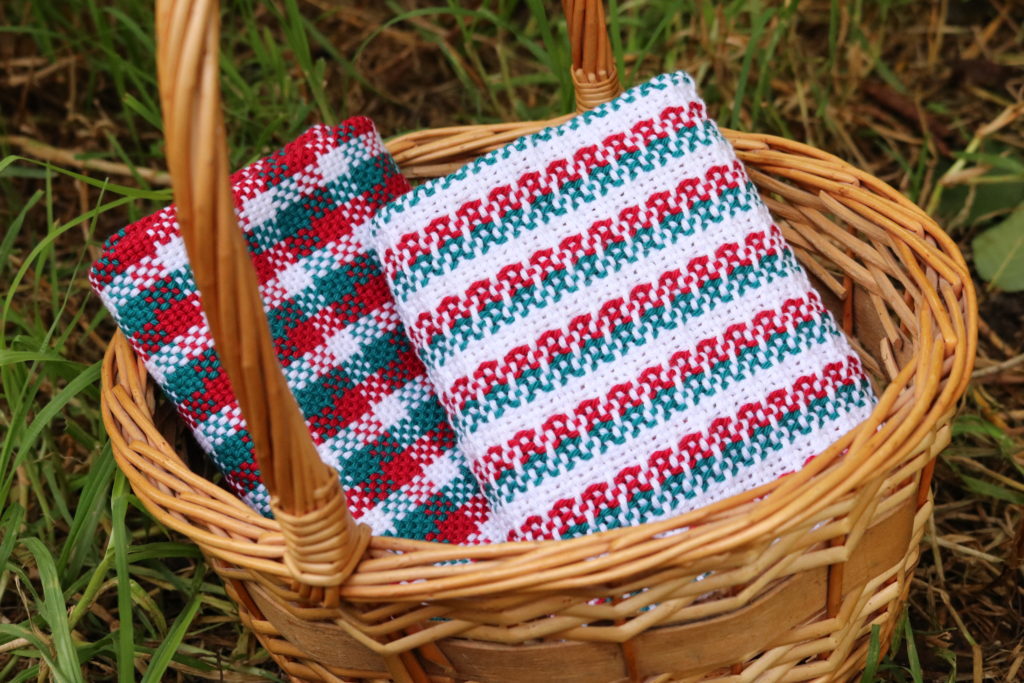
Why Make Handwoven Towels?
If we’re washing our hands frequently, we might as well enjoy the process! These towels are practical, vibrant, and customizable. With bright colors and soft cotton yarn, they’re designed to bring happiness to your daily routine.
This project is beginner-friendly, but you’ll need to know how to warp, thread, and set up your rigid heddle loom for plain weave. If you’re still learning, check out my Woe to Go! Beginner Rigid Heddle Weaving class. for step-by-step guidance.
Both towel designs are quite adaptable and can be varied in many ways. I give you some ideas on how to go about this in the video class.
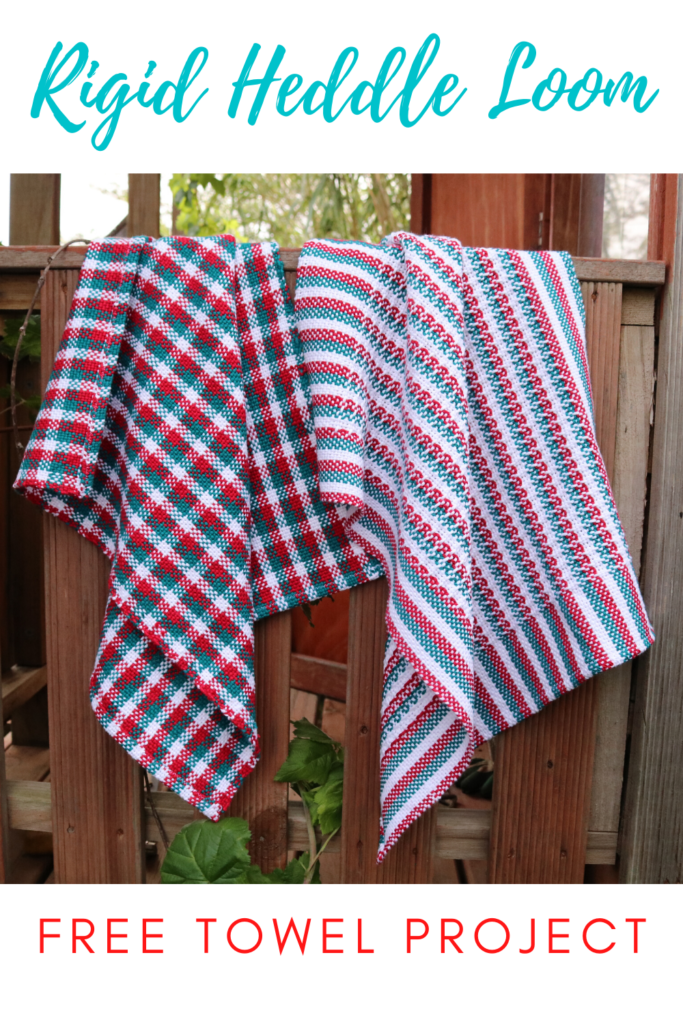
Tools and Materials Needed
Here’s what you’ll need to get started:
*Rigid heddle loom 24” weaving width or wider (yes, you can also use a smaller loom with the understanding that your towels will be narrower than mine).
*1 x 10 dent heddle (or a 7.5 – 8 dent heddle if using Sugar n Cream yarn)
*3 stick shuttles longer than the width of the project. (For the first towel we are weaving with 3 weft colours).
*1 pickup stick longer than the width of the project (additional pick up stick to aid transfer of pick up is optional – a stick shuttle can be substituted.
*A sewing machine and serger are very handy for hemming but not essential
I used a beautifully soft and lofty cotton to weave these towels on my rigid heddle loom. We will be using the same warp for both towels, but as you can see, using different techniques makes the towels wonderfully varied in how they look.
If you’re in Australia, my yarns were from Bendigo Woollen Mills in the following: Pomegranate, Peacock and White cotton 10ply. But, if you need substitutes, here are my recommendations:
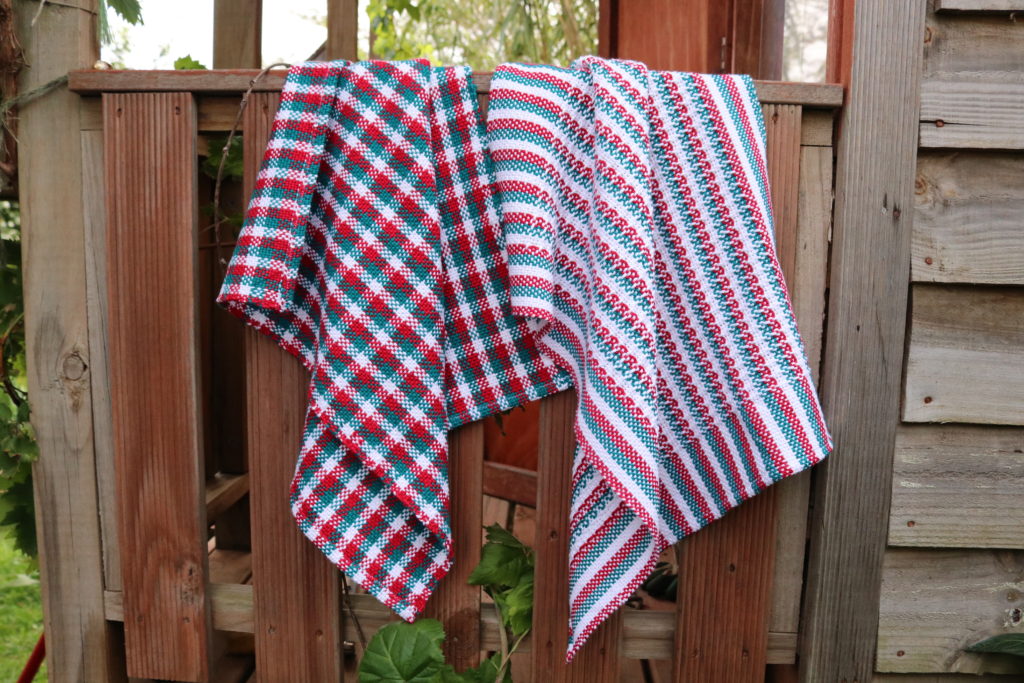
Two Towels, One Warp
Both towels use the same warp setup, but different techniques make each unique. This project includes a downloadable PDF with warp calculations, weaving instructions, and pickup sequences.
Towel 1: Plaid Design
The first towel uses the same color sequence for the weft as the warp, creating a vibrant plaid pattern. This is a great opportunity to practice frequent color changes by cutting and introducing new colors.
Key features:
- Plain weave borders.
- Simple pickup design in the center.
- Alternating weft colors (4 picks each color).
Tips for Beginners:
If you’re new to using pickup sticks, check out my pick up tutorial for a quick guide before starting this towel.
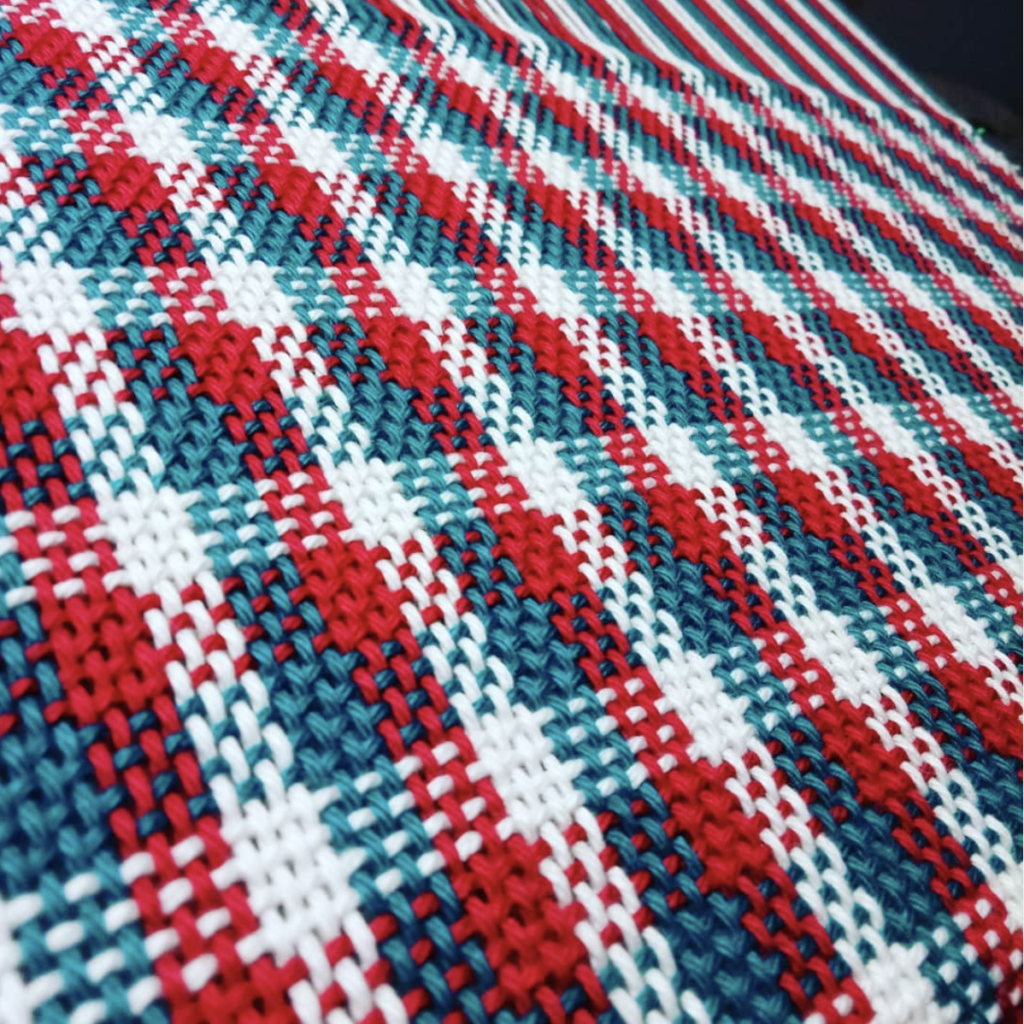
Towel 2: Classic White
The second towel uses white yarn for the entire weft, with some simple pick up floats, creating a clean and elegant look.
Want to experiment? You can modify these designs with different color sequences or patterns to make them your own.
Color Handling Options
- Cut and Start: Cut each color after 4 picks (as in Towel 1).
- Carry Colors Up: For tighter color changes (e.g., 2 picks per color), carry the yarn along the edges instead of cutting.
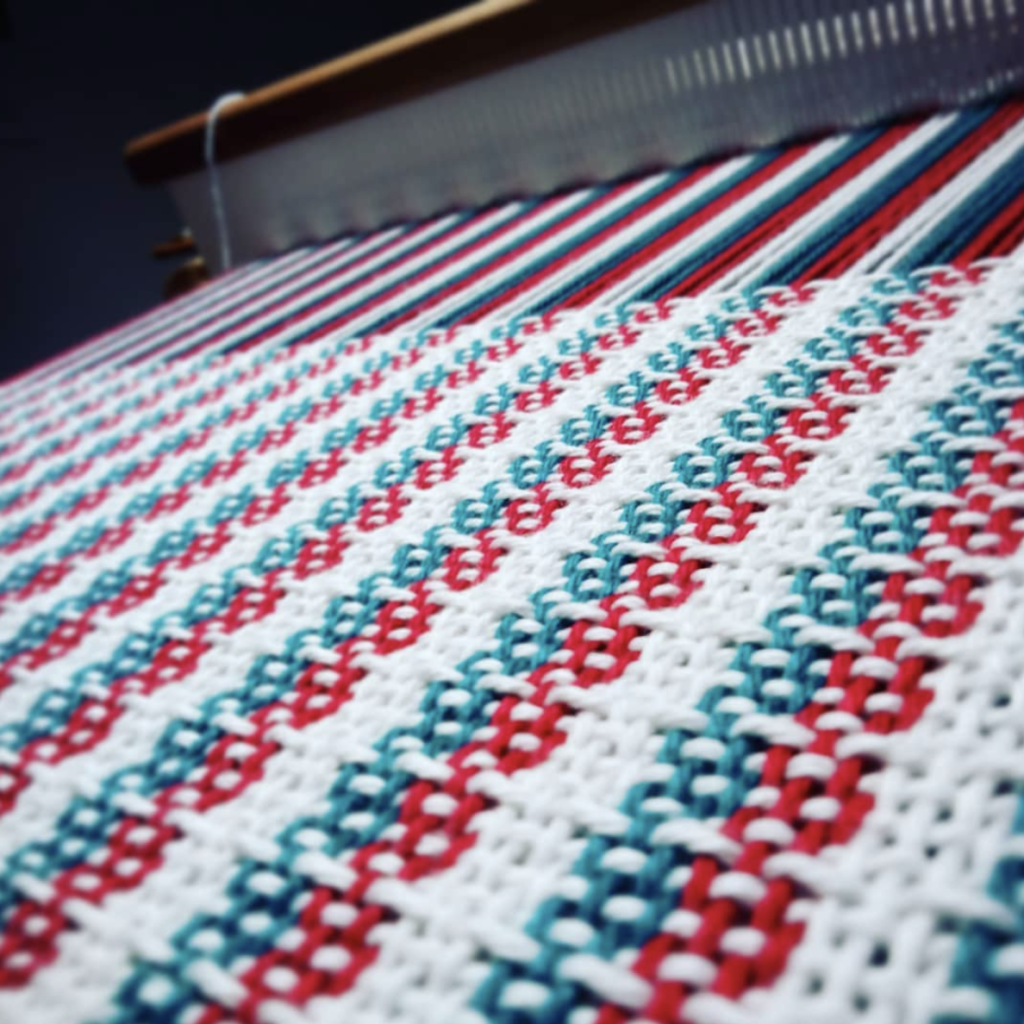
Watch and Weave
This project includes step-by-step video instructions to guide you through the weaving process. Download the free printable PDF, follow along with the videos, and start weaving these beautiful towels today.
This free class is also available at my Online Weaving School.
Share Your Creations!
I’d love to see your finished towels! Tag me on Instagram so I can share your work in my stories. And if you enjoyed this project, please share it with fellow weavers!
Have questions or comments? Drop them below—I’d love to hear from you.
Until next time…
Happy Weaving!

